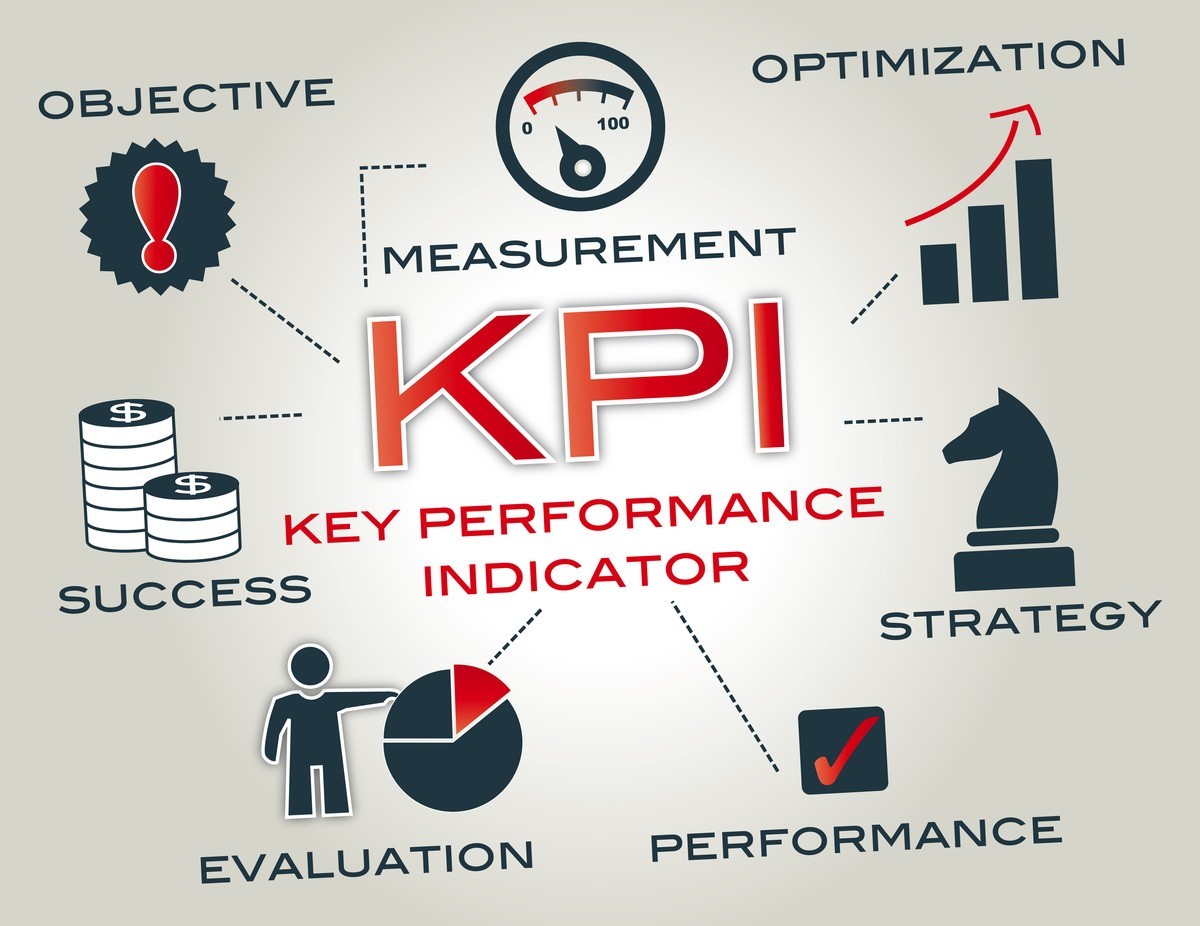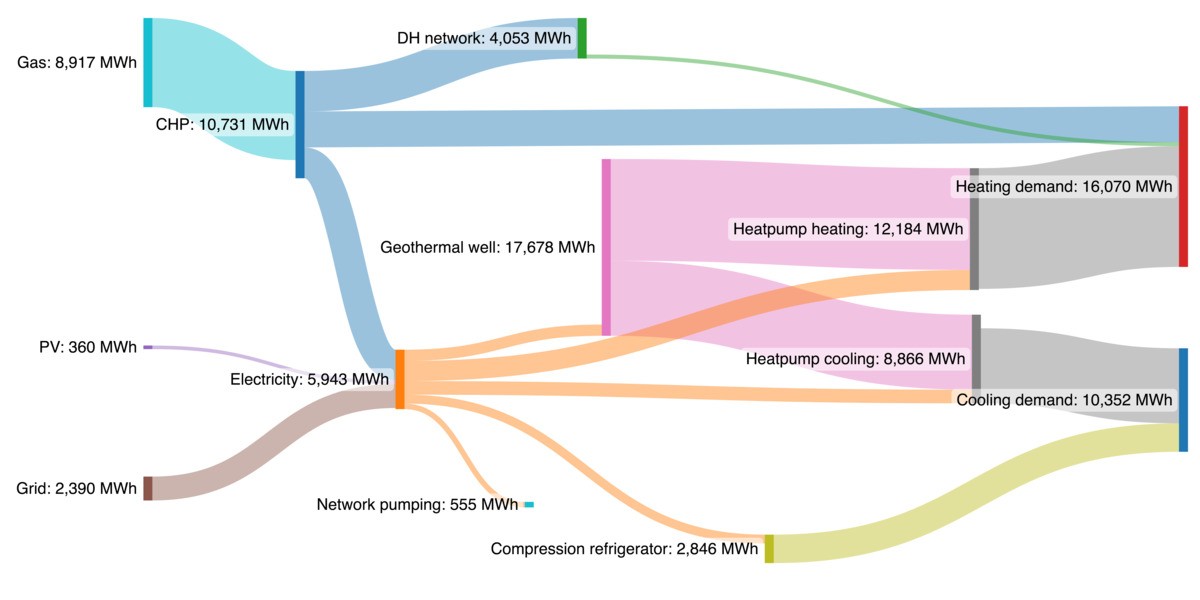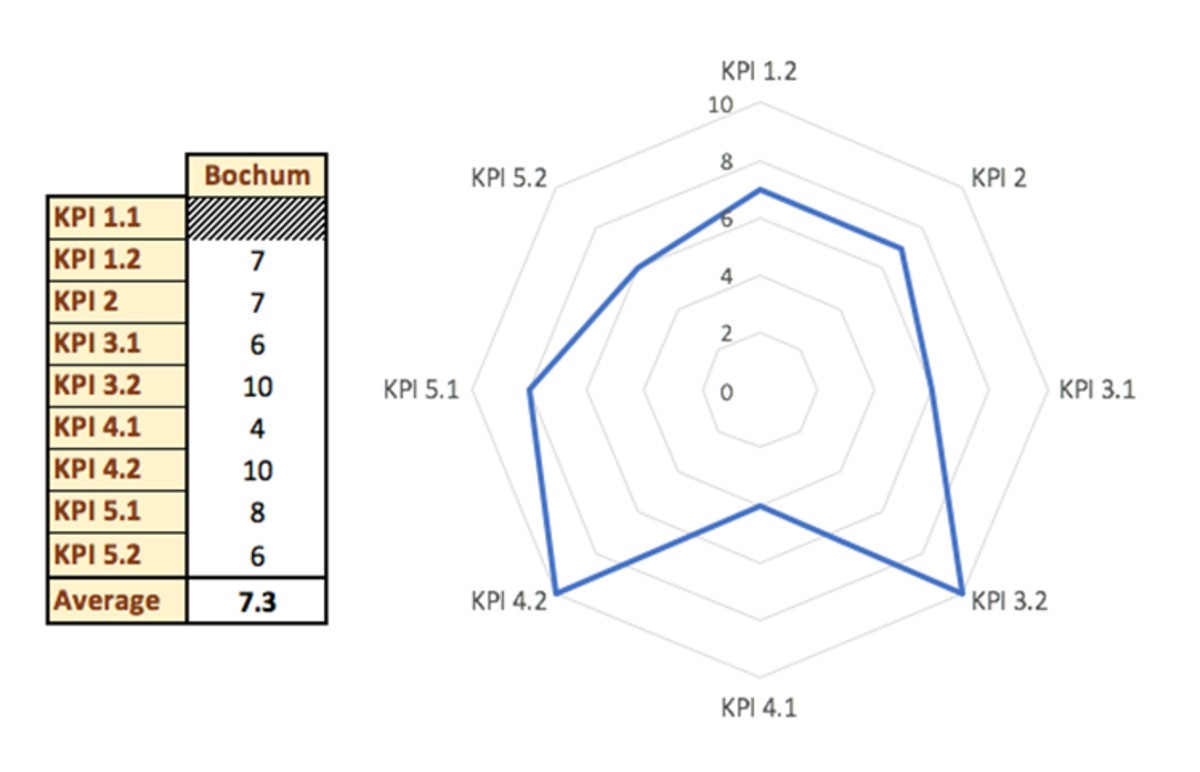Assessing district heating and cooling grids efficiency with KPIs

The D2Grids project developed a set of Key Performance Indicators (KPIs) to assess the readiness of 5th generation district heating and cooling (5GDHC) grids.
These KPIs were defined through workshops and sprint sessions with technical partners and expert groups, assessing each one of the 5 principles of 5GDHC of the DHC system.
These principles include 1) Internal exchange, 2) Energy quality match, 3) Demand-drivenness and decentralization, 4) Integration of all energy flows and 5) Proximity to energy sources.
After getting more data and feedback from D2Grids pilot sites, a second sprint session was organised to finally define and adjust all these KPIs.
Through these sprint sessions, the team was able to define a comprehensive set of KPIs that are designed to assess the readiness of DHC networks for 5GDHC.
Find out all about the sprint sessions in this article!
KPI workshops and sprint session led to significant achievements. A comprehensive document outlining the methodology for KPI calculation was developed, while the performance of the five pilot sites was evaluated based on data collected. This assessment provided a clear indication of the implementation of all the principles of 5GDHC on D2Grids pilot sites.
For instance, let us take into consideration the assessment of one of the pilot sites in D2Grids project. Initially, the process flow of the grid set-up was analysed by gathering information on sources, consumers, and installations through a questionnaire and an online meeting. This information formed the basis for the development of a Sankey diagram for further analysis.

Figure: Sankey diagram of the energy flows in one of a D2Grids pilot
Using the inputs from the pilots and the Sankey diagram, the KPIs were calculated in accordance with the methodology defined in the document. To standardize the representation of the calculated outcomes, a conversion of the numerical results was performed on a scale of 0-10, where 10 indicates a perfect score and 0 indicates no match with the KPI.

Example recommendations based on KPI's
The analysis of the KPI scores for Bochum pilot site reveals an overall solid performance with an average score of 7.3, primarily due to its satisfactory performance across most KPIs. However, there is room for improvement, particularly in KPI 4.1 where the score of 4 indicates that the heating capacity of the system is relatively high compared to the demand. This could be due to the anticipation of rising demand and the system being built for future connections. Connecting to new buildings in the future could potentially improve this KPI score.
Furthermore, the usage of gas for the CHP impacts KPI 1.2 (external), KPI 2 (high-graded), and KPI 5.1 (not local) resulting in sub-optimal scores. However, the electricity production from the CHP improves KPI 5.2 and the use of PV panels results in a high score of 6, compared to other pilot sites.
Lastly, KPI 3.1 scores a 6 due to the relatively high operating temperature, which could be attributed to the operational temperature of the CHP. To improve this KPI score, the pilot could consider connecting to more buildings or replacing the CHP with a low-graded, internal source. However, in the latter case, the electricity production from the CHP should also be replaced by PV to maintain the same score for KPI 5.2. If a new source with a lower operational temperature is used, the pilot site in Bochum could potentially score highly on almost every KPI.
Do you want to assess a DHC grid?
Contact info:
Jibbe Bertholet
[email protected]
paul.capgras[a]construction21.fr




